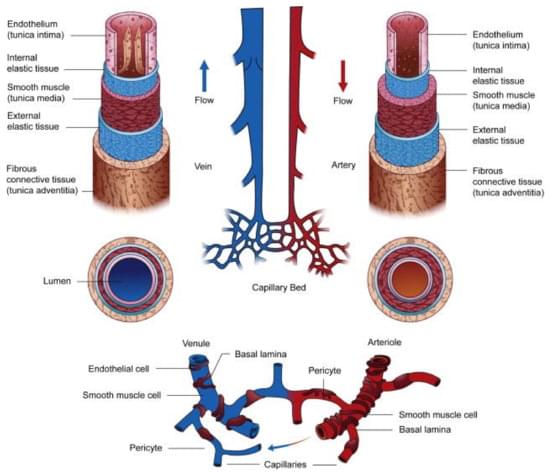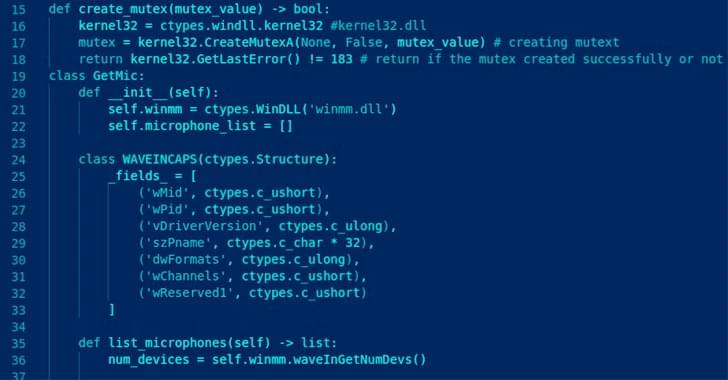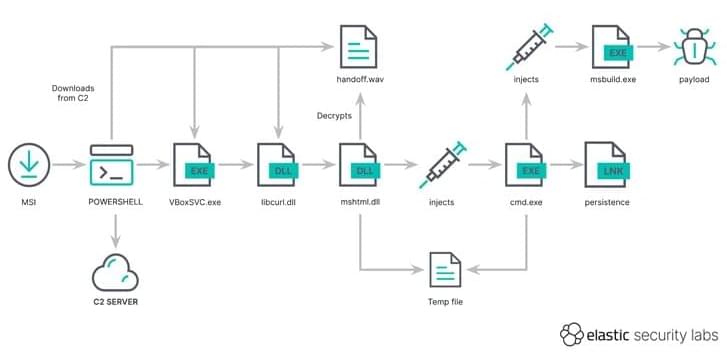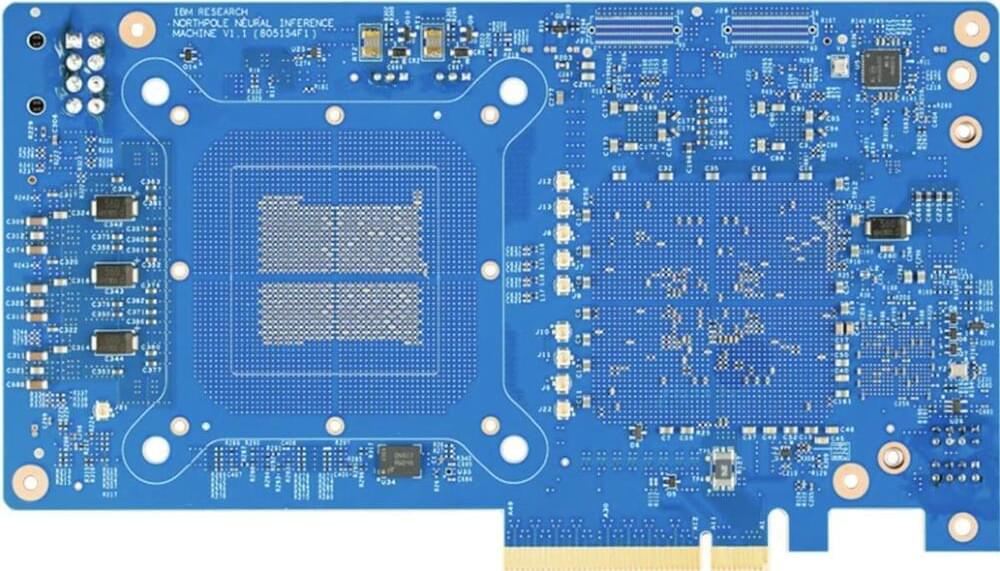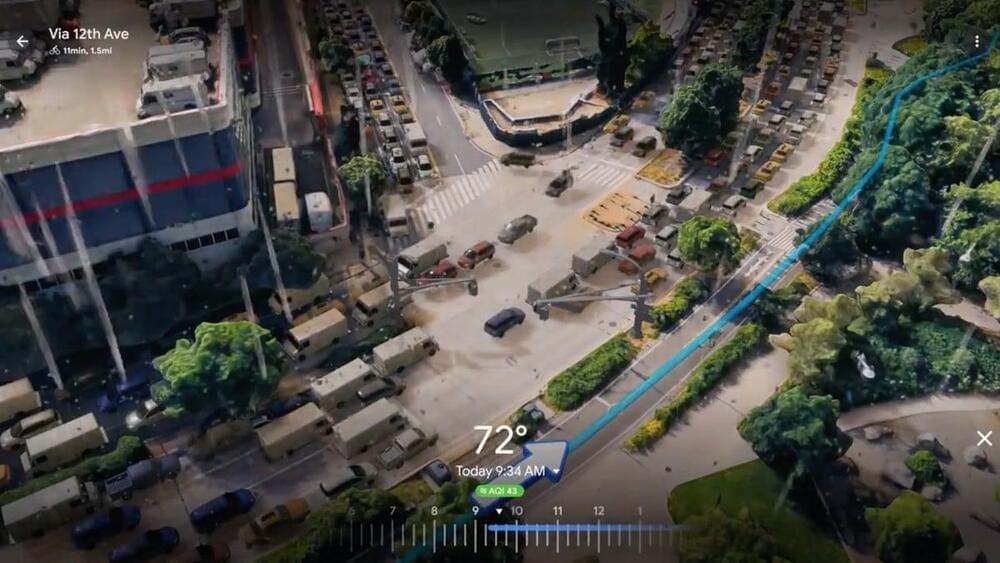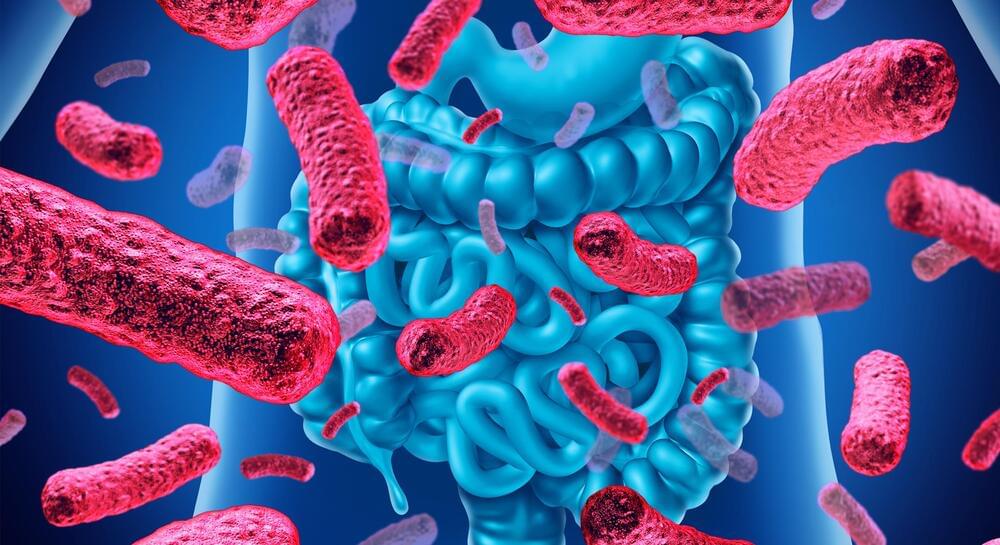Regenerative medicine and tissue engineering strategies have made remarkable progress in remodeling, replacing, and regenerating damaged cardiovascular tissues. The design of three-dimensional (3D) scaffolds with appropriate biochemical and mechanical characteristics is critical for engineering tissue-engineered replacements. The extracellular matrix (ECM) is a dynamic scaffolding structure characterized by tissue-specific biochemical, biophysical, and mechanical properties that modulates cellular behavior and activates highly regulated signaling pathways. In light of technological advancements, biomaterial-based scaffolds have been developed that better mimic physiological ECM properties, provide signaling cues that modulate cellular behavior, and form functional tissues and organs.
